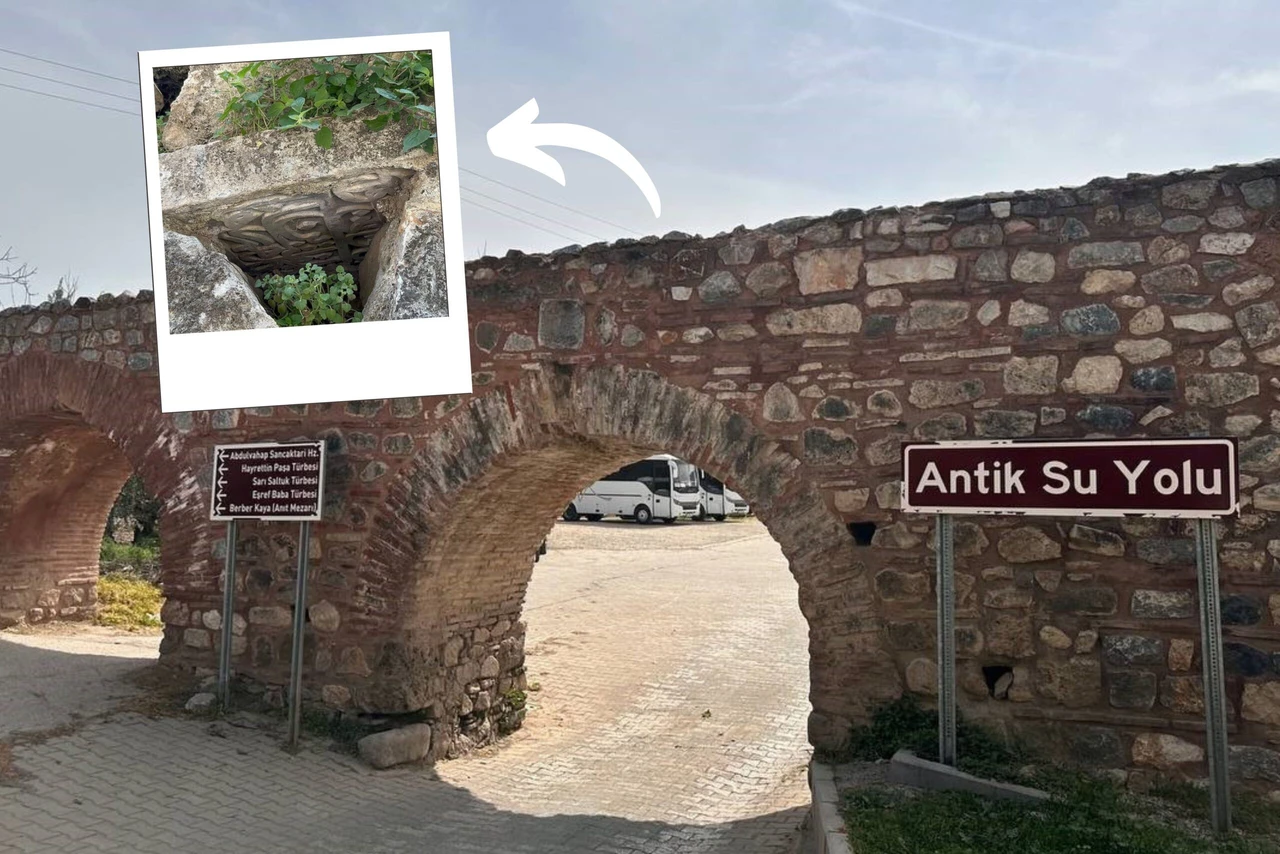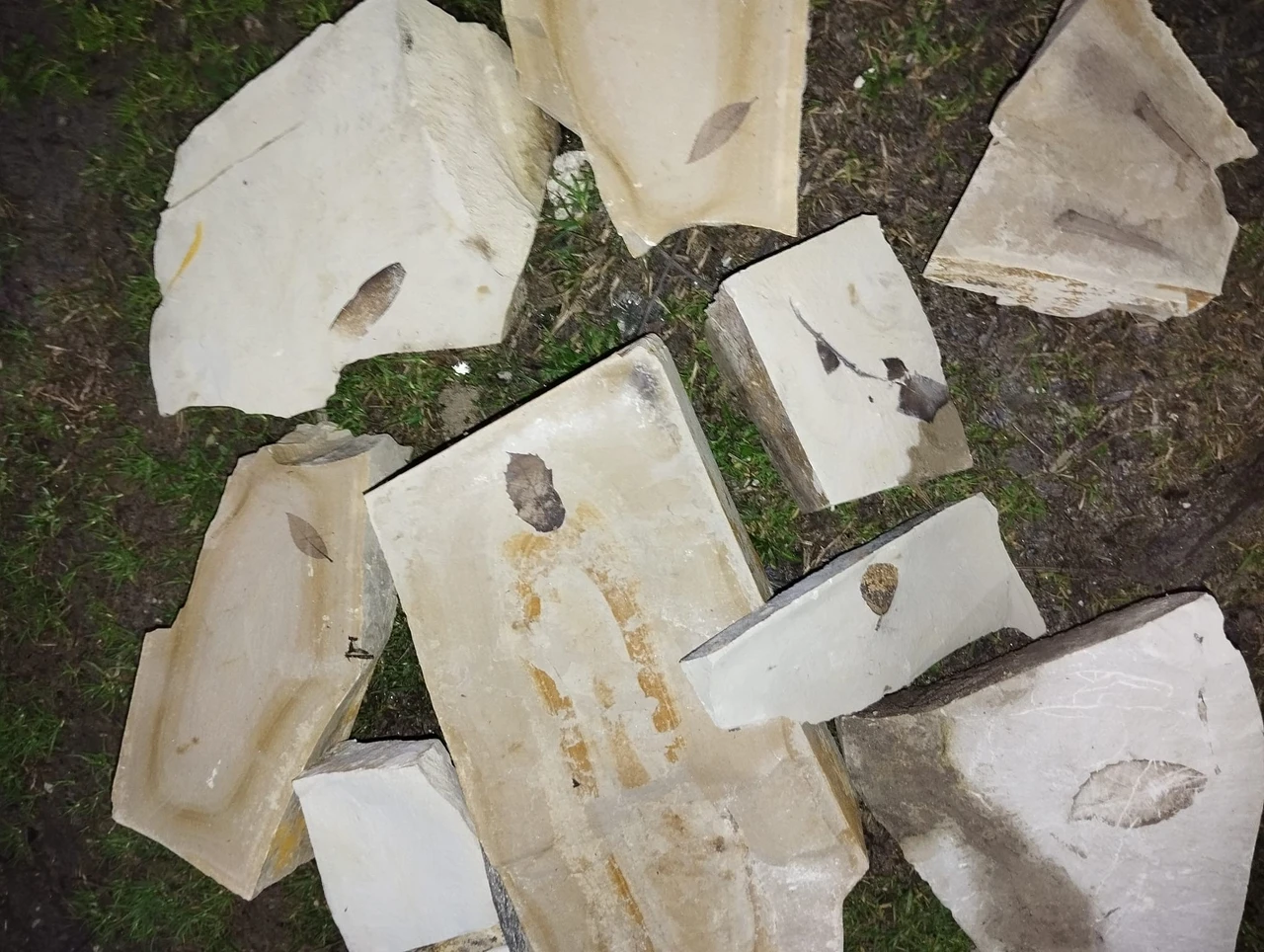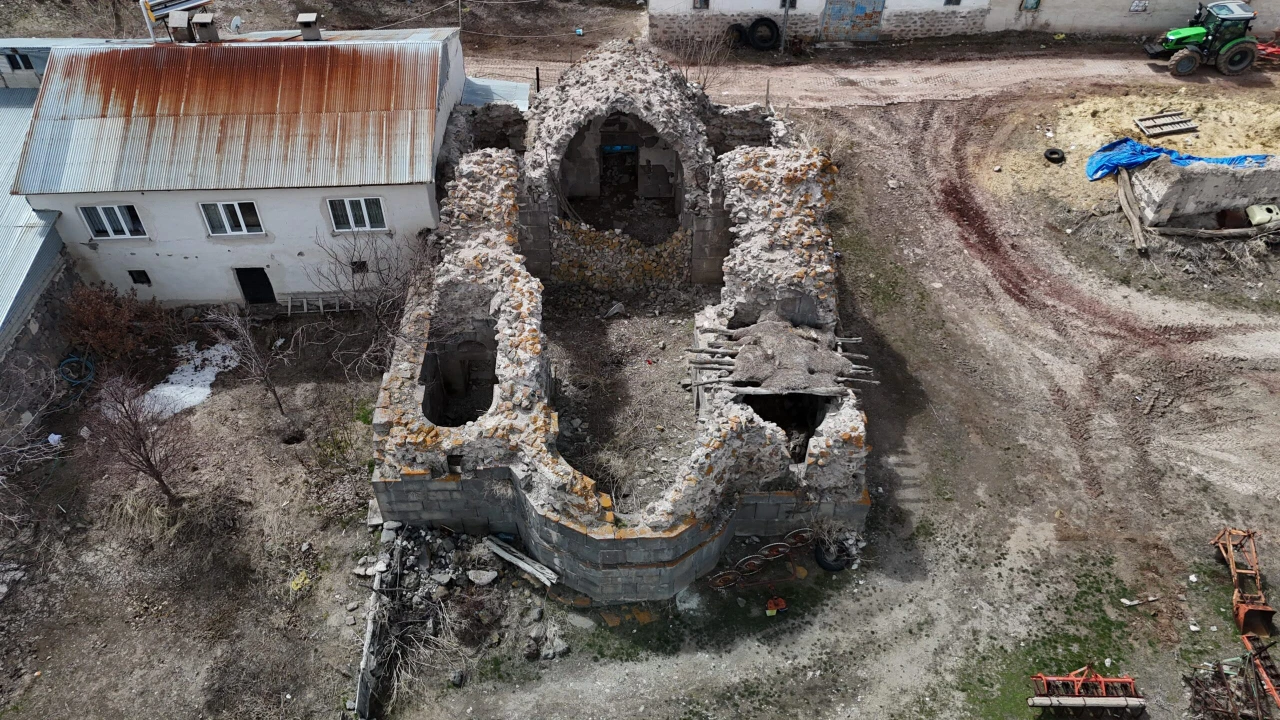Tourists discover Ottoman-era tombstone in ancient aqueduct
 Tourists visiting the ancient Roman aqueduct in Iznik, Bursa, Türkiye, discovered an Ottoman-era tombstone, April 6, 2025. (IHA Photo)
Tourists visiting the ancient Roman aqueduct in Iznik, Bursa, Türkiye, discovered an Ottoman-era tombstone, April 6, 2025. (IHA Photo)
A group of tourists exploring an ancient Roman aqueduct in Bursa’s Iznik (Nicaea), a historic town in northwestern Türkiye, stumbled upon an unexpected relic—a tombstone believed to date back to the Ottoman Empire.
The discovery was made during a visit to the ancient aqueduct (waterway), a Roman-era structure stretching approximately 20 to 25 kilometers (12.4 to 15.5 miles) The site, known for its rich cultural tapestry, is currently on the tentative list for UNESCO World Heritage status and has been a melting pot for four major civilizations over the centuries.

Layers of history beneath their feet
Retired museum director Taylan Sevil offered insight into the find, noting that the tombstone is an example of devsirme/sipolyen, or reused architectural material. “This waterway and the town of Iznik underwent major repairs in the sixth century A.D. The tombstone, which belongs to the Ottoman period, was most likely integrated into the structure during restoration work carried out in the 1960s,” Sevil explained.
Back then, he said, there were no conservation experts or trained restorers overseeing such projects. “Contractors simply used whatever materials were available. Reusing older elements like this has been a common practice since ancient times,” he added.

Iznik continues to reveal its secrets
Situated in Bursa province, Iznik is a treasure trove of history, drawing both local and international visitors eager to uncover its layered past.
As the town continues its efforts toward full UNESCO recognition, finds like the Ottoman tombstone further highlight its cultural significance.

Historical significance of Nicaea: From Early Christianity to Ottoman Empire
Nicaea, now known as Iznik, is an ancient city in northwestern Anatolia with a rich history, known for its significant role in early Christianity and its connection to the Ottoman Empire.
It was the site of the First and Second Councils of Nicaea, where the Nicene Creed was established.
The city served as the capital of the Empire of Nicaea following the Fourth Crusade and briefly as the capital of the Ottomans from 1331 to 1335.
Nicaea’s historical importance declined after the Ottomans moved their capital to Bursa, but the city’s legacy endures through its monumental walls and architectural heritage.



